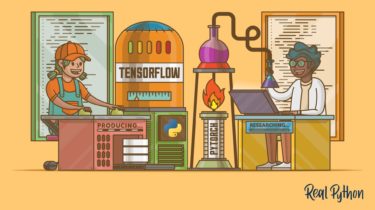HTML and CSS Foundations for Python Developers
When you want to build websites as a Python programmer, there’s no way around HTML and CSS. Almost every website on the Internet is built with HTML markup to structure the page. To make a website look nice, you can style HTML with CSS. If you’re interested in web development with Python, then knowing HTML and CSS will help you understand web frameworks like Django and Flask better. But even if you’re just getting started with Python, HTML and CSS […]
Read more


